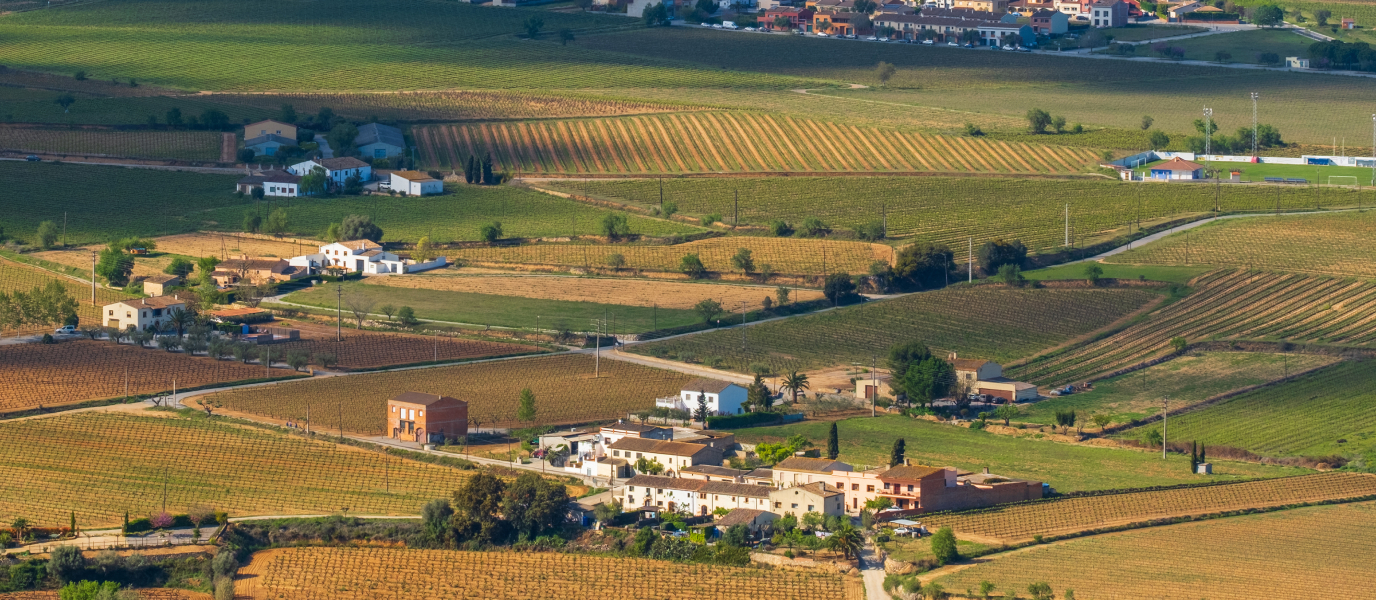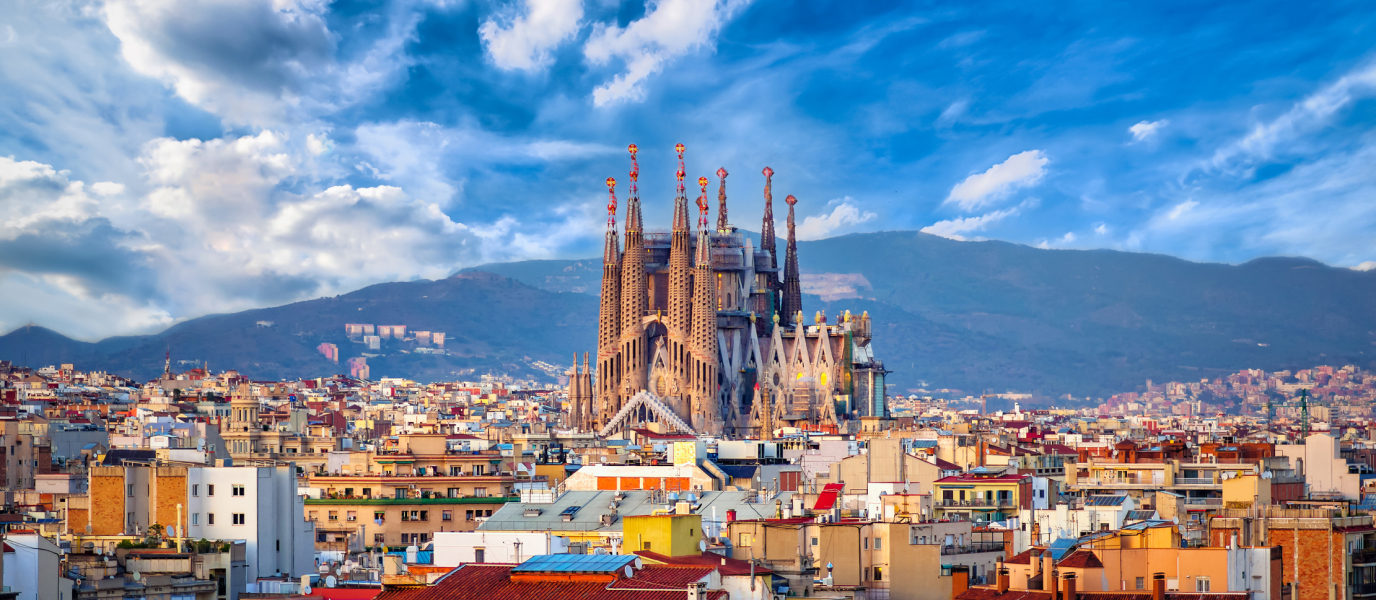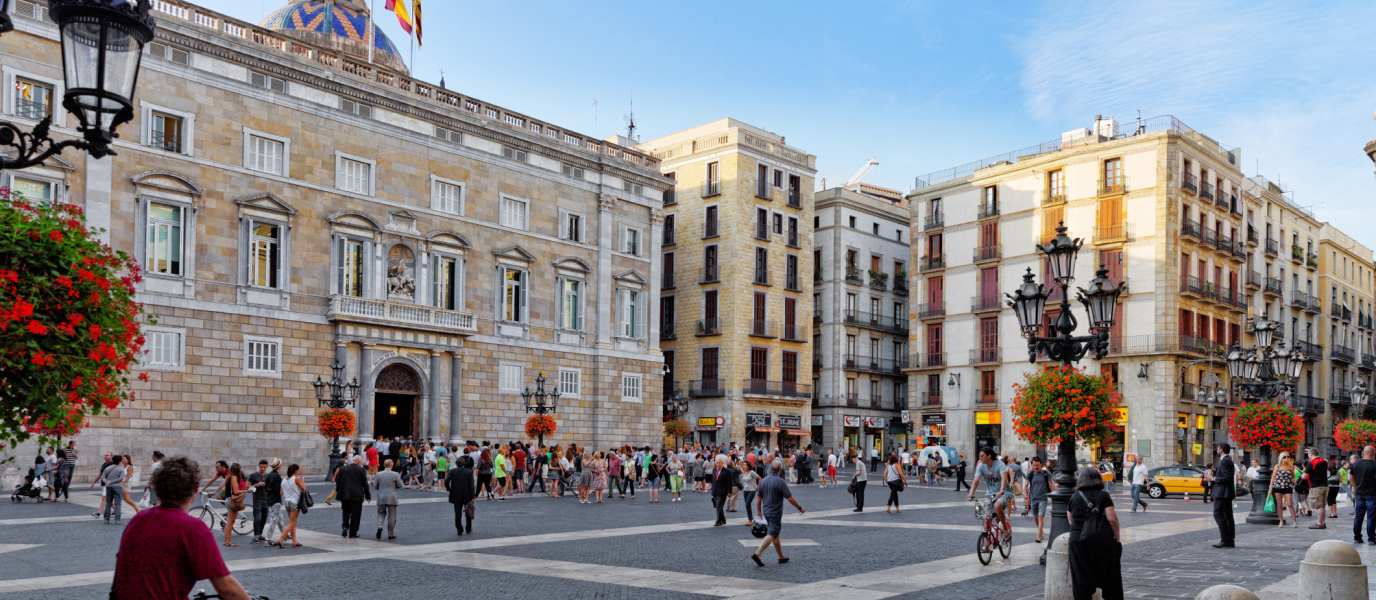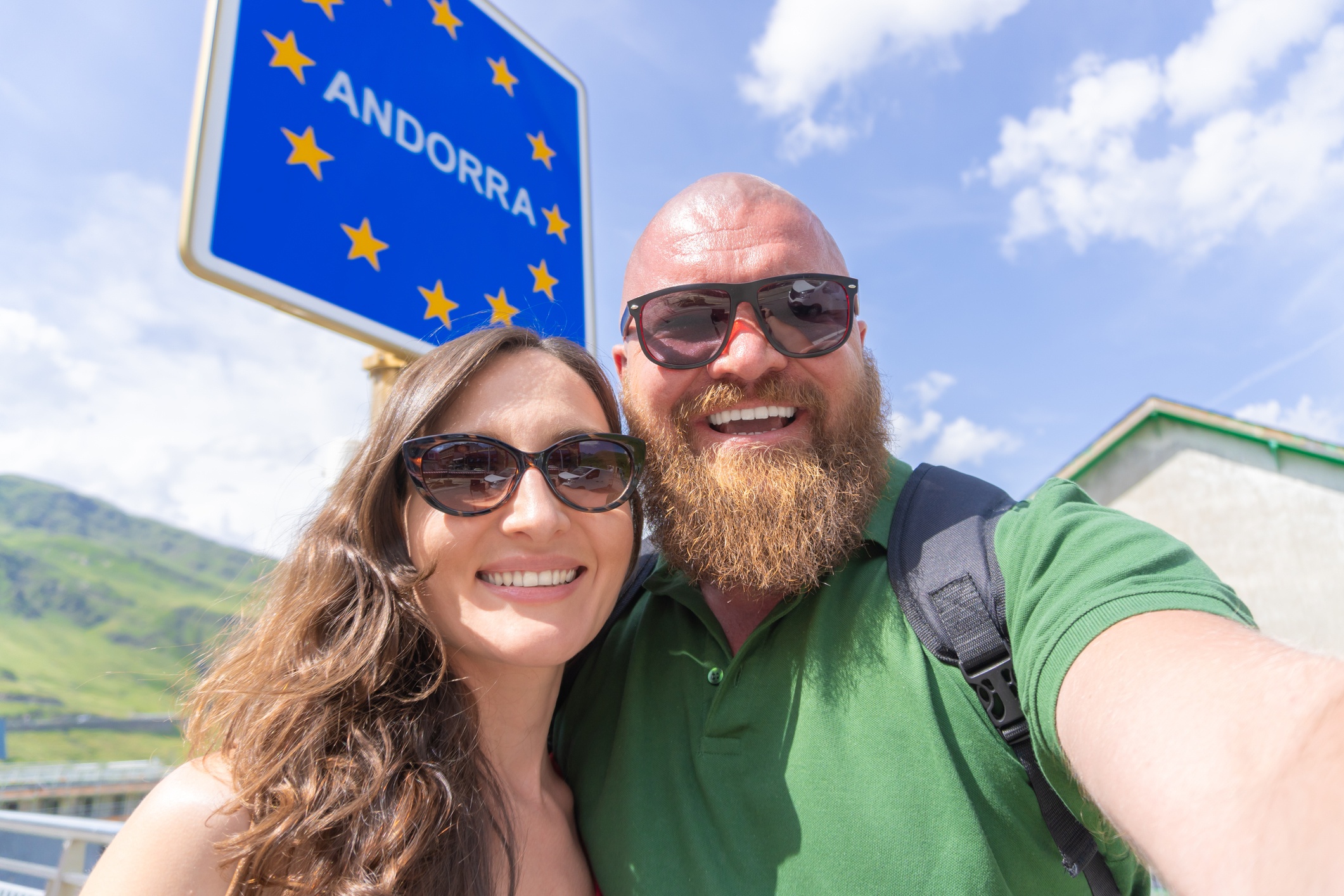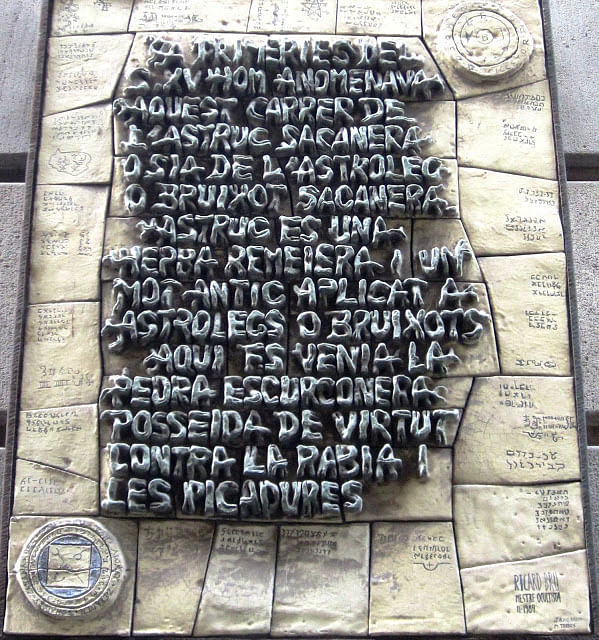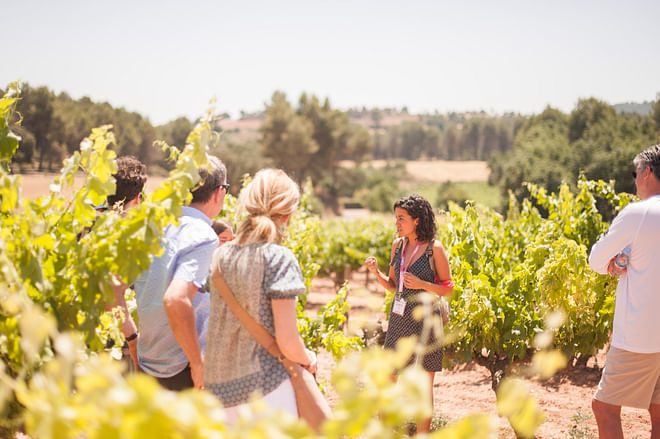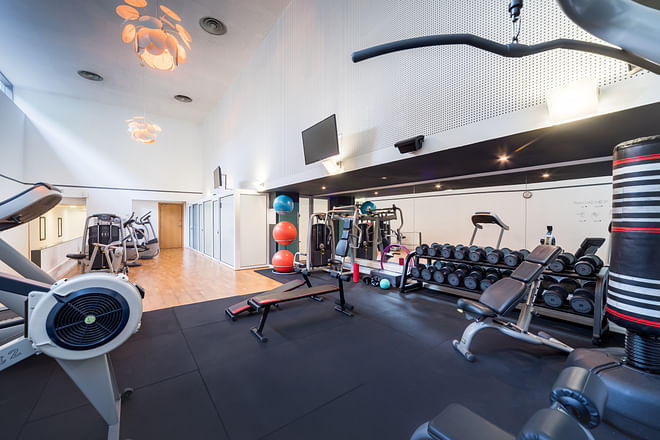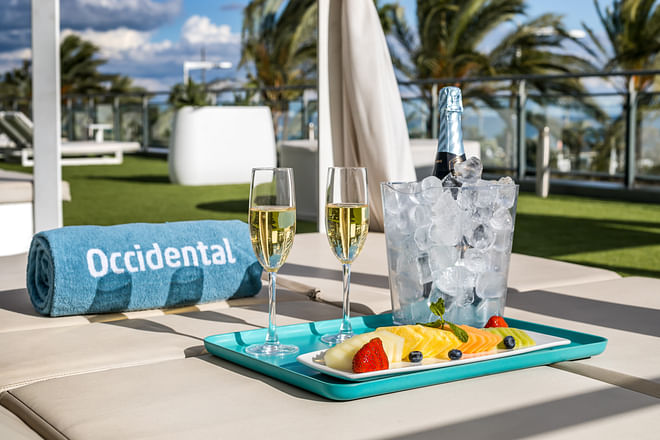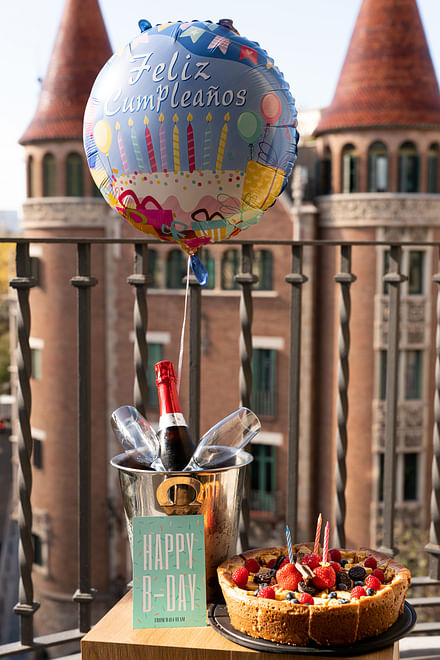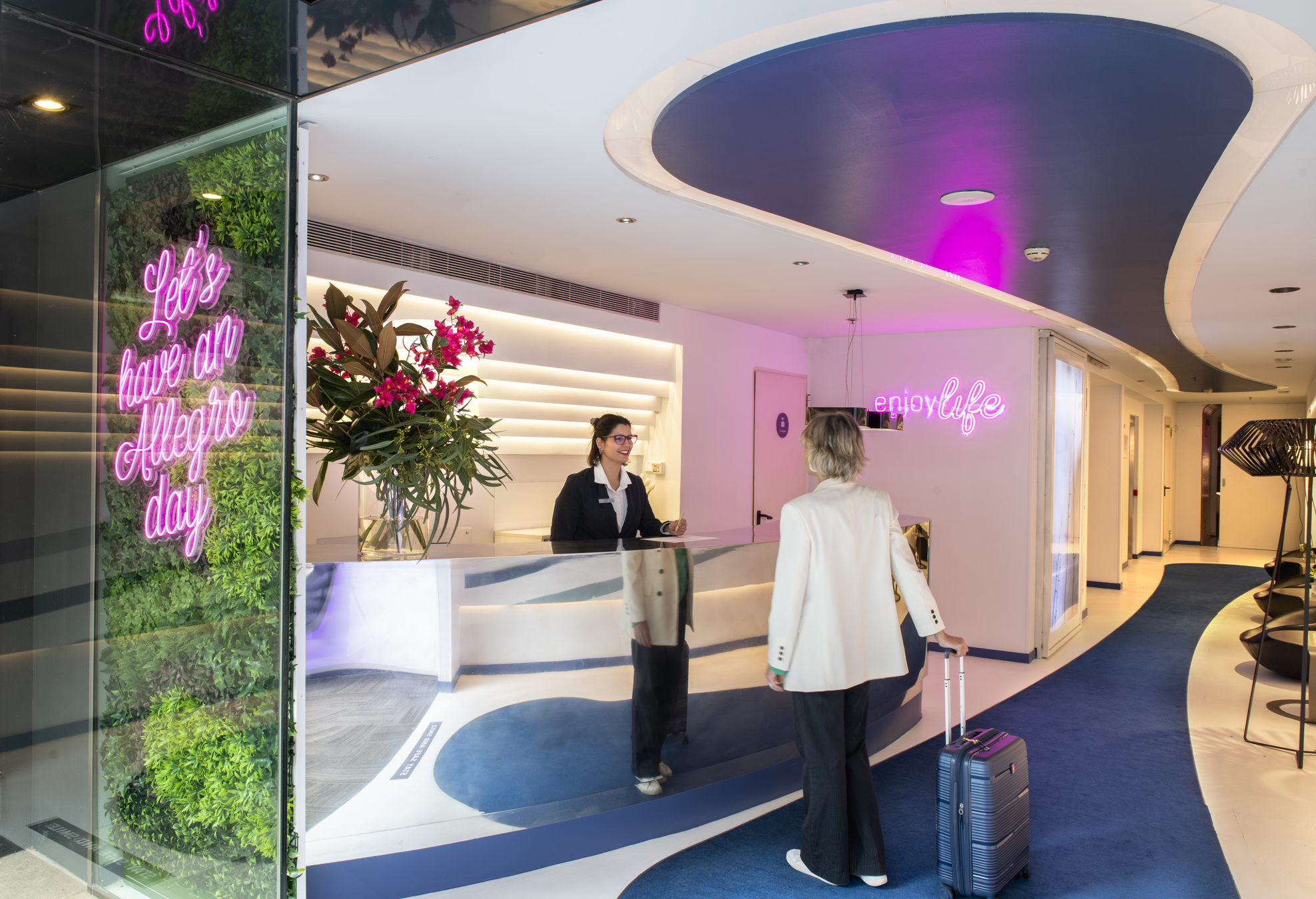All towns pride themselves on their main square. In the case of Barcelona this is Plaça de Catalunya, without a doubt the heart of the city and a meeting point for locals and visitors alike. Spanning almost five hectares, it is the main intersection between Barcelona’s historic old town, including the Gothic Quarter, and Eixample with its broad avenues.
Plaça de Catalunya is also the scene of some of Barcelona’s most important events: music concerts and festivals, trade fairs and cultural events, protests and demonstrations, and sporting celebrations, among others.
In its day to day it is also an extremely important transport hub both above and below ground. In fact, together with Sants station, it is the main bus-rail interchange station in Barcelona, with various bus, train and Metro lines.
The origins of Plaça de Catalunya
Until the late nineteenth century, the present day Plaça de Catalunya was nothing but an empty lot situated outside of the city walls. Said walls ran along what is today the Avinguda del Portal de l’Àngel street and the plaza was the site of a gateway to medieval Barcelona.
The urban plan designed by Ildefons Cerdà i Sunyer to create Barcelona’s new Eixample district was the catalyst for the demolition of the old walls. However, an open space similar to the current Plaça de Catalunya was not conceived until 1859 when the so-called Plan Rovira project was approved.
It wasn’t until 1889 when the buildings that had gradually been built around the open space began to be levelled with initial development beginning in 1902.
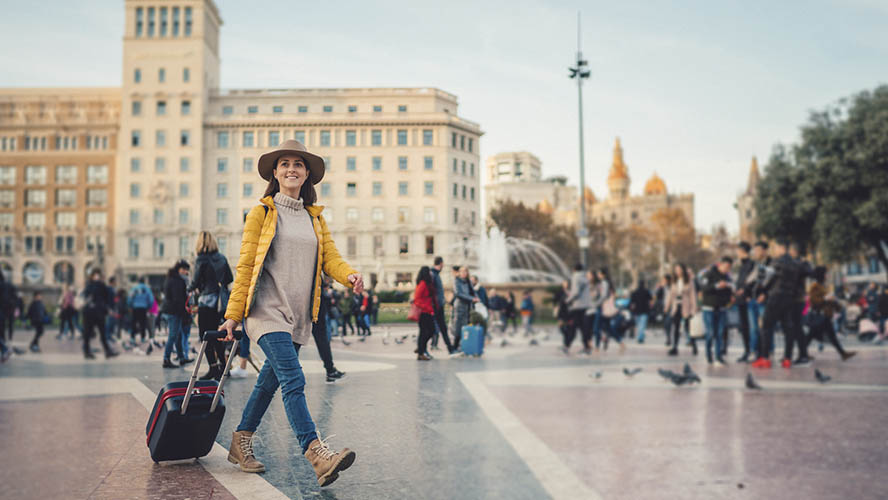
The second phase was launched for the 1929 Universal Exposition held in Barcelona, overseen by various architects, among whom the most important were Josep Puig i Cadafalch and Francesc Nebot.
Plaça de Catalunya was officially opened on 2 November 1927 by King Alfonso XIII. Soon after, branches of banks, hotels, bars and restaurants began to open (Café Zurich is still open and a gastronomic symbol of the city), in addition to numerous shops. A large part of these establishments have not stood the test of time and have been replaced by new businesses.
Francesc Macià monument
One of the most striking features of Plaça de Catalunya is the monument dedicated to Francesc Macià, the president of the Government of Catalonia between 1931 and 1933 (until his death) and one of the founders of the Esquerra Republicana de Catalunya party. He was also the person who proclaimed the failed Catalan Republic from the balcony of the Generalitat Palace on 14 April 1931.
The monument was made in 1991 by Josep Maria Subirachs i Sitjar, a sculptor widely known for having completed the Passion façade of the expiatory temple of the Sagrada Familia. The Plaça de Catalunya piece was created in a style that blends expressionism with metaphysical abstraction, with the addition of a collection of elements that form part of Catalan identity. The pedestal symbolises the history of Catalonia, whilst the upper part, shaped like an inverted stairway, represents Macià’s three years of government and the nation’s future, still yet to come. At the rear of the monument is the Catalan emblem.
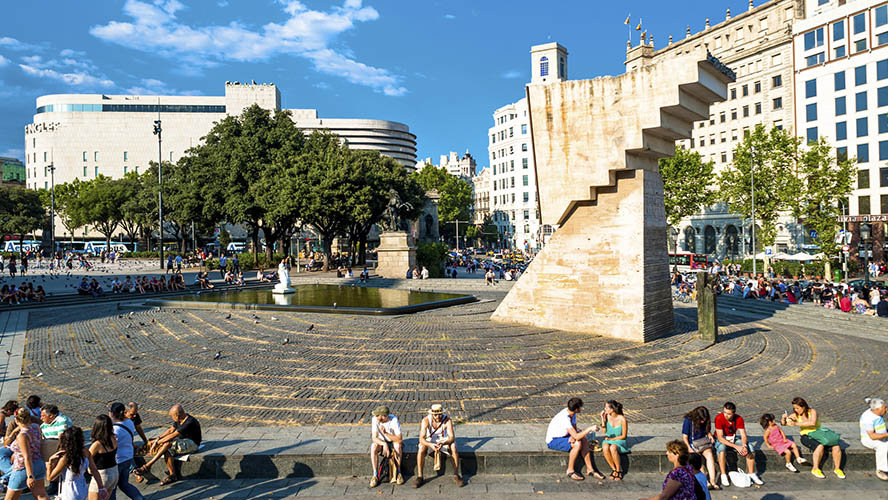
Alongside the monument, on top of a pedestal, a bronze bust of the president was installed—a replica of the one made by Josep Clarà in 1932. Construction of the Macià monument was funded by the public.
More art on Plaça de Catalunya
In addition to the Francesc Macià monument, the pedestrian area of Plaça de Catalunya boasts a large number of art works, including:
- The sculpture The Goddess by Josep Clarà.
- Pastor de la flauta and Pastor del águila: Two magnificent sculptures by Pablo Gargallo.
- The rest of the 26 sculptures were made for the 1929 Universal Exposition. Aside from Clarà and Gargallo, they were designed by artists such as Enric Casanova, Eusebi Arnau, Enric Monjo, Vicenç Navarro, Antonio Parera, Josep Llimona and Josep Viladomat.
- The large circular mosaic that occupies the centre of the square surrounded by trees is the scene of all manner of shows and exhibitions. The current mosaic was completed in 2008.
- Two circular fountains situated between the mosaic and the plaza’s main building.
- Avinguda de la Llum, a large underground passage that—in its day—was the first shopping centre in the city. Today it forms part of the El Triangle
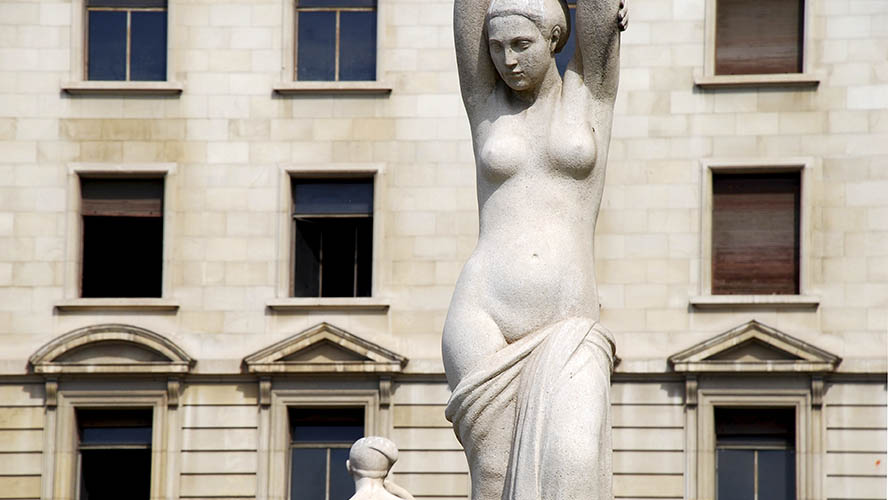
Plaça de Catalunya, a commercial hub
Plaça de Catalunya can be considered the gateway to the long shopping streets of Les Rambles, Passeig de Gràcia and Avinguda del Portal de l’Àngel. But, as if that were not enough, it also boasts two of the largest and most iconic shopping centres in Barcelona: El Corte Inglés and El Triangle. The latter is home to a large branch of FNAC, among other stores.

Globalisation has put an end to a large number of the plaza’s historic shops to make way for branches of brands such as Apple, Desigual, Media Markt and Alain Afflelou, without counting the many other international brands that have concessions in El Corte Inglés.
The central part of the square is also used for various fairs, both of a cultural and commercial nature. Among the most important is the Setmana del Llibre en Català book fair, which takes place in September.





































































